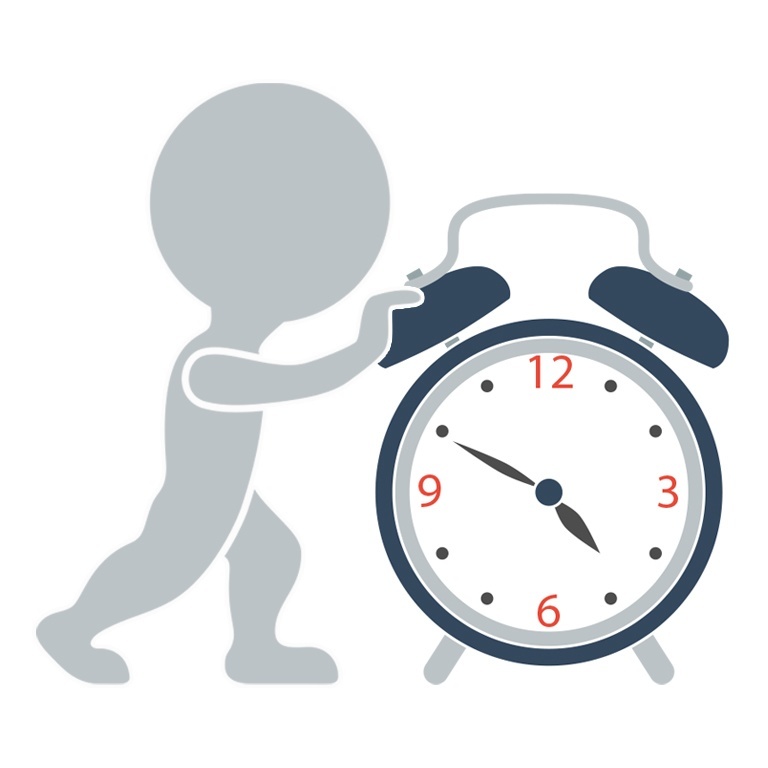While touring through the Nashville’s Schermerhorn Symphony Center (SSC) during the gala opening events in September, 2006 I only found a few problems throughout the otherwise superlative building. Nevertheless, I was anxious to discover if those problems have been addressed over the past four months…
Better, Same, Or Worse?
Among the handful of problems related to the SSC’s design I discovered during the opening gala events was that it is not easy finding your way around. The half levels, mirror design, and lack of signage made it difficult to find your way around the hall. This problem was compounded by the fact that most of the ushers and volunteers were under-trained when it came to guiding patrons around the hall.
The result was a number of patrons were left feeling frustrated and we all know frustration simply leads to diminished prospects for return visits. Nevertheless, during this visit, I noticed that signage had improved, especially in the elevators where the nebulous button initials indicating half-floor stops now had laminated descriptions allowing patrons to find the stop to their floor with little effort.
Another noticeable improvement was in the level of service among ushers and volunteers. I intentionally played the role of a scatterbrained patron and approached five different ushers on four different floors asking for directions to my seat. Three of them walked me to where I needed to go, one provided detailed verbal instructions, and the final user offered a nearly useless “to your right, just around the corner” response while pointing to a hall with two visible corridors off to the right.
As such, customer service on that level has decidedly improved, although given the abundance of friendly door ushers they have working on any given performance, it would be good to see a cadre of floating ushers capable of walking patrons to their destination without also leaving an area unmanned.
Another issue that concerned me back in September was the mandatory coat check policy. Due to the concert hall’s design, the acousticians have insisted that patrons not be allowed to bring heavy outer coats into the hall with them. My initial concern was whether or not patrons would have to tip for the coat check, which I would interpret as an unexpected mandatory fee in addition to my ticket price. Since surprise expenses rarely contribute to a pleasant concert experience, this could turn into an issue during the colder months.
In September, the Symphony office said that the coat check service will be free of charge although at that time, I noticed no signage at any of the coat check rooms indicating that this was the case (after all, it’s not that cold in Nashville in September and there was no rain at that time either). Nevertheless, during this visit, I noticed a number of signs indicating the mandatory coat check policy, such as the one pictured to your left (click to enlarge) and although there was no indication that the service was free of charge, there were signs indicating the free service at each coat check station.
I’m glad to see this has been improved although I think it would have been nice to indicate that the service is complimentary on the signs asking patrons to check their coats.
Dinner Service
 One of the more intriguing components of the SSC’s concert experience is the variety of dinner and food services they offer for certain events. For the Cleveland Orchestra concert, the SSC kitchen was offering their Arpeggio Dinner Service. The Symphony’s website describes the dinner offering as “a dining experience available in the East Lobby [pictured to your left, click to enlarge] and is open on the evenings of SunTrust Classical Series concerts and selected special events. This intimate dining experience features a sumptuous buffet – including appetizer, entrée with chef’s station and dessert.”
One of the more intriguing components of the SSC’s concert experience is the variety of dinner and food services they offer for certain events. For the Cleveland Orchestra concert, the SSC kitchen was offering their Arpeggio Dinner Service. The Symphony’s website describes the dinner offering as “a dining experience available in the East Lobby [pictured to your left, click to enlarge] and is open on the evenings of SunTrust Classical Series concerts and selected special events. This intimate dining experience features a sumptuous buffet – including appetizer, entrée with chef’s station and dessert.”
The dinner service is popular enough that reservations are required and they have attempted to make the experience as simple as possible by charging a flat $36 fee which includes tax, gratuity, water and iced tea. The menu rotates between 10 different offerings so repeat diners don’t have to expect the same thing time and time again. I stopped by the east wing on the afternoon before the Cleveland Orchestra concert to see if they were setting up for dinner service yet and discovered that everything was already set to go.
 The majority of tables were set for two and a smaller percentage was set for four or six diners, as pictured in the photograph to your left (click to enlarge). The Arpeggio service can accommodate up to 70 but according to a symphony spokesperson, the average since September has been 55. The settings were elegant and simple and although wine was not included in the cost of the meal, the presence of red and white wine glasses on every table indicate they clearly anticipate (or desire) it will be a frequently requested service.
The majority of tables were set for two and a smaller percentage was set for four or six diners, as pictured in the photograph to your left (click to enlarge). The Arpeggio service can accommodate up to 70 but according to a symphony spokesperson, the average since September has been 55. The settings were elegant and simple and although wine was not included in the cost of the meal, the presence of red and white wine glasses on every table indicate they clearly anticipate (or desire) it will be a frequently requested service.
 The main dining room is located in a wing directly under one of the large skylights. Although all of the interior lights were all off when I was taking pictures, the photographs to your left (click to enlarge) demonstrate how much natural light fills this room. The only question unanswered from this visit is what the ambient noise level is like while dinner is being served. I remember the marble floors, hard surfaces, and high ceilings conspired to make the East and West wings among the loudest rooms throughout all of the public spaces.
The main dining room is located in a wing directly under one of the large skylights. Although all of the interior lights were all off when I was taking pictures, the photographs to your left (click to enlarge) demonstrate how much natural light fills this room. The only question unanswered from this visit is what the ambient noise level is like while dinner is being served. I remember the marble floors, hard surfaces, and high ceilings conspired to make the East and West wings among the loudest rooms throughout all of the public spaces.
Unfortunately, scheduling prevented me from trying out the Arpeggio dinner service during this trip, but I’m looking forward to experiencing it the next time I’m in town. I invite you to return next Monday where we’ll examine some of the basement facilities that were not yet accessible in September.


